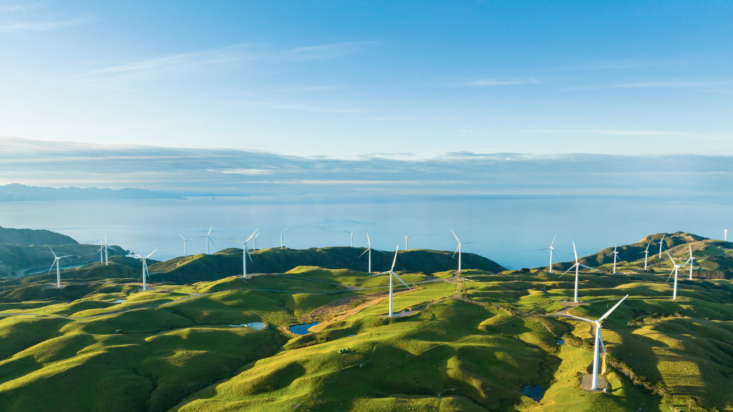Energy transition thematic delivering niche opportunities for investors: Fortitude
As Australia moves away from legacy fuels like coal and gas, and towards to more sustainable sources such as wind and solar, clear investment opportunities in large infrastructure and energy generation industries are emerging.
But it is outside of these opportunities, in the companies on the edge of the great energy transition, where the real intersection of value and growth potential lies according to Fortitude Investment Partners. While the big thematics will drive the primary sectors, Fortitude believes the companies that will be depended on to fuel and support these growing industries are the ones that can not only flourish, but but do so at an attractive entry point for the right investor.
And Fortitude is not just any investor. The team, run by founders Nick Dignam and Nick Miller, specialises in taking significant stakes (anything from around 40 per cent to 100 per cent) in Antipodean companies that have an enterprise value of between $10 million and $80 million. They then leverage a network of industry experts to help profitably scale the business to a point where its value makes it a feasible investment target for a larger lender or buyer.
It’s a modus operandi perfectly suited to industries on the periphery of the great energy transition, where investment into generation, transmission and distribution of new energy sources is required at residential, commercial and utility levels to cope with the demand for renewables.
The entire energy market chain needs to be looked at when canvassing these opportunities, the team explained in a recent whitepaper. On the energy generation side there is micro grid development, metering and applications plus grid firming and stabilisation technology. Within the transmission and distribution sector there are dispersion assets, infrastructure maintenance, grid infrastructure and maintenance, protection technology against weather developing extremes and myriad connecting technologies.
Then there are new energy storage technologies and systems, which will increasingly become the backbone of the energy transmission, as well as demand-side management solutions that cater to end use customers.
These sectors are not without risk, the Fortitude paper explains. There will be challenges integrating renewable energy into existing grids, regulatory risk, technology risk and market competition as new entrants enter the fray.
Yet the team fervently believes that the energy transition presents one of the great investment opportunities of this century, and one that they’re reticent to ignore. Australia is targeting a reduction in greenhouse gas emissions by 43 per cent from 2005 levels by 2030, on its way to becoming net zero by 2050 as per the Paris Agreement (‘net zero’ means emissions are balanced by absorbing an equivalent amount from the atmosphere around us.)

While fossil fuels are being phased out, energy demand is forecast to more than double due to a confluence of factors both organic (population increase) and confected (the growth of AI). As seen in the chart above, the step change to an almost entirely new slate of energy sources for this larger energy requirement will happen relatively quickly. With the primary source of Australia’s electricity in rapid decline, investment into alternative generation isn’t optional. It’s needed to sustain and grow Australia’s $2 trillion annual economy.
“Coal-fired generators, the ageing ‘workhorses’ of Australia’s historical electricity supply, are now retiring,” the whitepaper explains. “With the primary source of Australia’s electricity in rapid decline, investment into alternative generation isn’t optional. It’s needed to sustain and grow Australia’s $2 trillion annual economy.”
“There are a range of different ways to invest in the energy transition thematic,” it continues. “We believe the interesting niche areas, that others overlook, represent the most compelling investment opportunities.”











